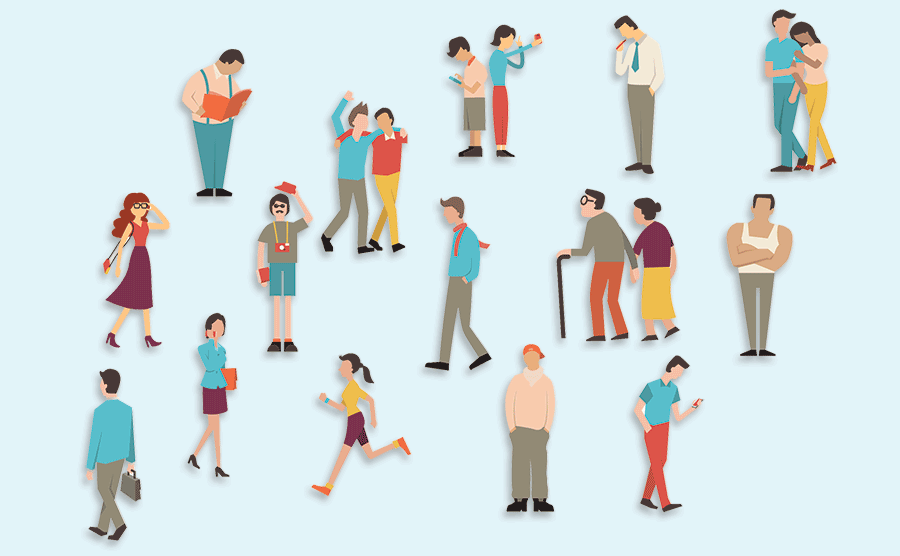Not the Bachelor Pad: Age and Income Profiles of Single Renters in Small Apartment Properties
October 04, 2016

Married households and families are well-represented in small property apartments. Reflecting that skew to larger households, smaller properties account for a relatively smaller share of single renters when compared to large buildings.
How Many Single Renters in Small and Large Properties?
- As shown in the chart above, about 45 percent of all units in small properties are rented by individuals living alone, split equally between male and female renters.
- In contrast, nearly 60 percent of apartments in large asset properties are rented by single renters. Female renters living alone account for more than half of large property single renters.
How Old Are Single Renters?
- While small properties are geared toward working adults (between age 18 and 64 years), large asset properties also cater to senior renters 65 years and over.
- As shown in above, about 52 percent of all male renters living alone in small properties fall between 35 and 64 years, compared to 42 percent for female renters living alone in this age group.
- Overall, single women in small properties skew older than single men. At 24 percent, the share of single women in the age group 65 years and over living alone in small properties is double that of single male renters in this age group.
How Much Do They Earn?
- Whether in large or small properties, single renters have higher per capita income compared to all other renters. That largely reflects the higher cost of living alone and the higher associated income level of single renters.
- Single male renters between 18 and 64 years had average per capita income of $41,000 compared to $32,000 for female renters living alone. But as noted in our previous blogs, large asset renters have higher incomes compared to small property residents. This holds true for both male and female renters across the asset classes.

